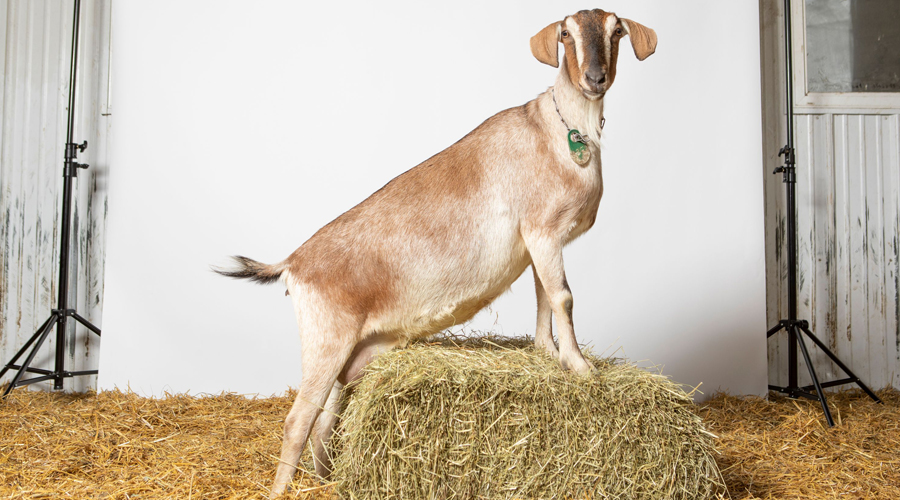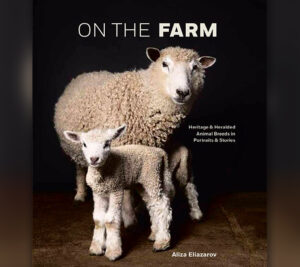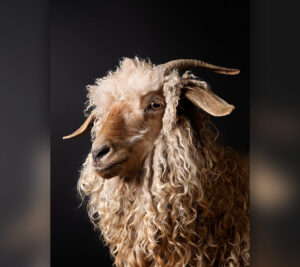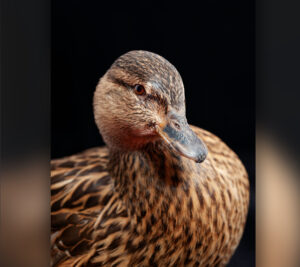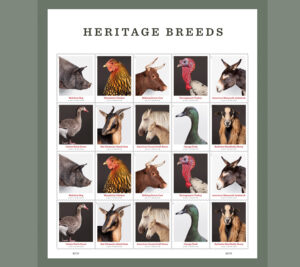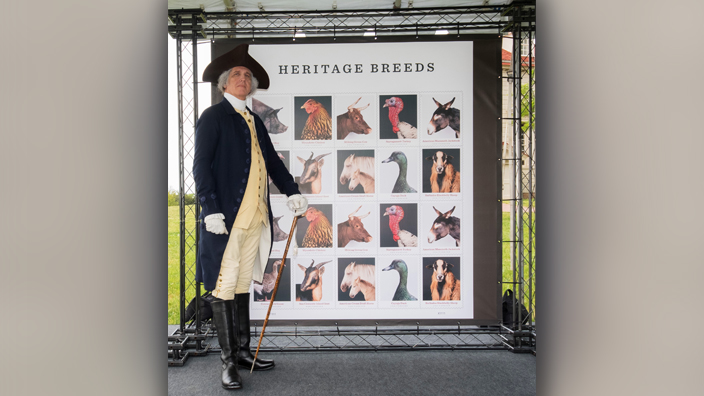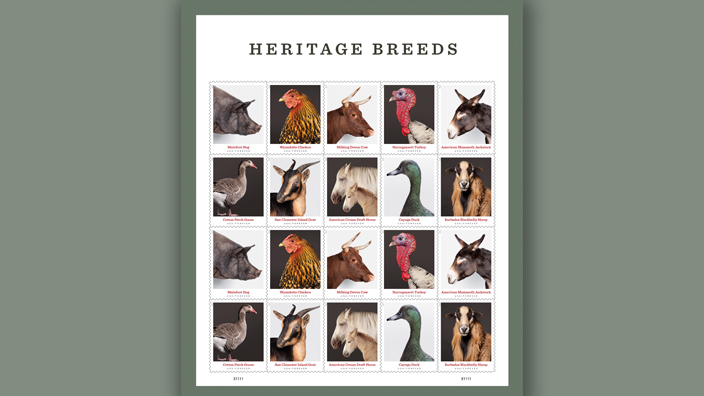The chicken came first.
Aliza Eliazarov, the photographer whose work graces the new Heritage Breeds stamps, began shooting studio portraits of backyard poultry on a whim in 2011.
The photographer, who was then living in New York City, said it was “a way to gain a closer understanding of where my food and fiber come from.” (The fiber in question being textile, not dietary.)
That personal project led to greener professional pastures, including assignments from Modern Farmer magazine, where her photos came to the attention of Zack Bryant, a Virginia homesteader who also happened to be the designer for the Heritage Breeds stamps.
He in turn ran her work by the stamp’s art director, Greg Breeding, and a fruitful creative alliance was born.
Being chosen for the stamp project was “an incredible honor” and working with Bryant and Breeding “a dream,” said Eliazarov, a featured speaker at this week’s dedication ceremony.
The USPS assignment also dovetailed nicely with work on her new book, “On the Farm: Heritage and Heralded Animal Breeds in Portraits and Stories,” published in November.
To capture farm animals in their element, the photographer — whom one writer likened to Richard Avedon, but for livestock — brings the studio to her subjects, letting them set the tone.
In an interview for the latest USPS Stamp Yearbook, Eliazarov described her process.
“The animal is in charge” during the shoot, which may take place in a barn, stable or stall, she said.
“I always give the animal time to get comfortable on set, lick the light stands, sniff the backdrop or do whatever they have to do to settle down. I carefully and quietly observe them — the way they move, the glimmer in their eyes, the sheen of their fleece or feathers.
“The animal observes me, as well. Once I feel like we are connected, I begin making pictures. The photo shoot itself could last for 20 seconds or 20 minutes. It’s really up to them.”
Her book is not only a history of and homage to heritage breeds, it’s a call to arms, complete with sobering statistics, on the need to preserve the biodiversity these breeds represent.
It’s also filled with quirky characters.
There’s Bilbo, a donkey foal who bonded with a tractor tire after being rejected by his mother; Princess Peppermint, a skittish Guinea hog finally coaxed down some stairs after imbibing a mojito; and Miss Toddy Cocoa, who fulfilled one couple’s wedding registry request for a “guard llama.”
Eliazarov’s affection for her subjects is evident. Just don’t ask her if she has a favorite.
“This is an impossible question for me to answer,” she said. “I fall in love with every animal I meet.”
If there is one thing she hopes people take away from her work, it’s the importance of keeping the breeds her subjects represent alive and kicking.
“Biodiversity in our livestock and poultry populations is critical for global food security,” she said.
But she believes there is reason for hope.
“I’m an optimist!” she said.
“Right now there is a huge amount of interest in regenerative and sustainable agricultural practices …. A silver lining of this pandemic has been an increased appreciation and support for small local farms.”
Share your feedback at uspslink@usps.gov. Your comments could be included in the “Mailbag” column.
